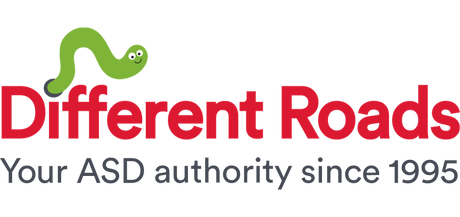On my first day returning to the office after over a year of working from home and Zoom, I felt as if I had lost all of my leaving-the-house skills. What shoes did I wear? What could I pack for lunch? Did I have time to drink my coffee at home or would I need to bring a travel mug? Where I used to be able to make it out the door 45 minutes after waking up, I suddenly was running 20 minutes late. What had been years of routine was now completely unfamiliar.
Many of us will probably be feeling the same way, including our students with Autism. How do we possibly ease this transition? Below are a few suggestions, and we’d love to hear any you may have as well.
- Offer choice whenever possible. Access to choice is motivating for many kids, and can be a balm in instances where so much is out of their control. You can provide choices with what they pack for lunch, what outfits they wear, or what fun activity they can do when they return home from their first day back to school.
- Create alerts and schedules. Have your kid participate in creating a basic schedule, setting alarms, or putting alerts in your smartphone for new activities added to the schedule. Another benefit of creating a schedule is that you can add fun events/activities in with the new required activities.
- Identify supports within the school. Many schools and teachers are creating their own plans to ease the transition. Find out what your school and/or your child’s classroom teacher are doing, and see what you can do to support that plan or carry it over into your home.
- Practice the new transitions. Role-play the new routine as much as possible. This could be as simple as setting the alarm for the new wake-up time; or it can be more complex in that you wake up, go through the morning routine, and practice the drive to school. Practice will help your child adjust to the new routine, but will also alert you to any potential problems without the added stress of having to complete the routine in its entirety.
- Prep what you can in advance. Set out clothing the night before, prep lunches in advance with your child, or set a time with a fellow parent for children to meet prior to walking into the school.
- Use tools that have been successful in the past. Reflect on transitions that have been challenging in the past for your child. What strategies worked in those instances? How could those strategies be implemented now to ease this transition?
- Prepare your child for additional changes. There are many changes that will be outside of your control. It’s possible the school will change (or has already changed) its re-open date, or that it will close again after re-opening. It can be helpful to state this possibility for your child, and tell them what you’ll do if plans change.
- Check in. Set aside time to check in with your child. One game that can be fun for check-ins is “high, low, buffalo.” Here, you and your child each share a high point of your day (high,) a low point of our day (low,) and a something else funny or fun or interesting about your day (buffalo.) Providing this structure can be a great way to normalize check-ins and ensure that you are addressing any issues that may arise during the transition.
Sam Blanco, PhD, LBA, BCBA is an ABA provider for students ages 3-15 in NYC. Working in education for sixteen years with students with Autism Spectrum Disorders and other developmental delays, Sam utilizes strategies for achieving a multitude of academic, behavior, and social goals. She is also an assistant professor in the ABA program at The Sage Colleges, and she is the Senior Clinical Strategist at Chorus Software Solutions.
